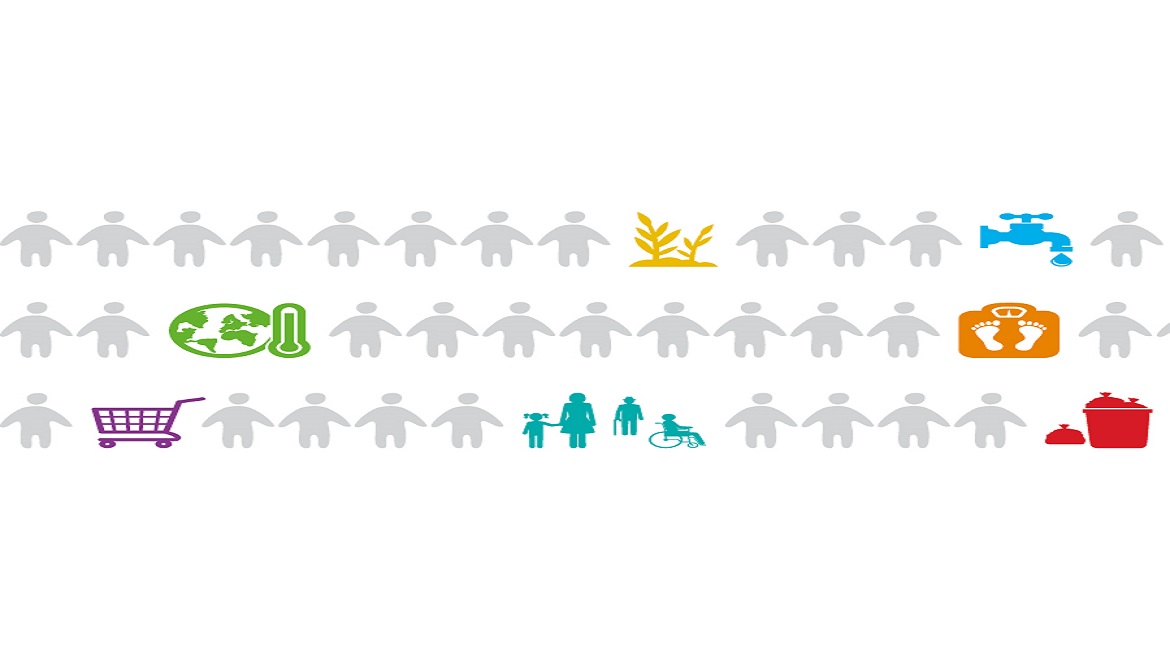Agriculture is a big business. The five largest multinational agriculture technology companies alone spend $7.3bn per year on research. Around 60% of the population of sub Saharan Africa and South Asia farm for a living. Yet at the same time one billion people in the developing world remain malnourished[1]. How can we change farming from subsistence to surplus for these people, especially in the face of climate change?
Re-focusing our research and development efforts towards the problems faced by smallholder farmers in Africa and South Asia should be the first step. Currently, 48%of the $23bn global annual public investment in agricultural R&D go to only 5 countries (the US, Japan, China, India and Brazil)[2]. The private agriculture R&D sector is similarly skewed against the developing world. The world’s five largest agriculture technology companies, (Bayer, Dow Agro, Du Pont, Monsanto and Syngenta), are focused primarily on the big profits of the developed world and their R&D budget is 20 times that of the world’s biggest publicly funded agricultural R&D system for developing countries (CGIAR)[3]. We’ve surely got our priorities wrong here: there are one billion people in the developing world malnourished and the bulk of our technology R&D efforts are focused on the developed world.
But the geographical focus of R&D is not the only worrying issue. Another major problem is the loss of genetic diversity across species of livestock and crops, which puts at risk the livelihoods of developing world farmers and threatens future food supplies.
The Green Revolution of the 1940s, 50s and 60s is credited with preventing famine in the developing world via the development of new agricultural management techniques and prioritisation of high-yield crops. But the focus on yield and uniformity of rice and cereal varieties to meet the needs of industrialised agriculture has led to a loss of 75% of genetic diversity in agricultural crops since the 1900’s according to the FAO[4]. In the Philippines, for example, where small farmers once cultivated thousands of traditional rice varieties, only two modern varieties were occupying 98% of the entire rice growing area by the mid-1980s[5]. The Irish Potato Famine of the 1840s is a dramatic example of the dangers of genetic uniformity. None of the few varieties of potato introduced into Europe in the 1500s were resistant to the potato blight that wiped out the crop and over a million people died in the resulting famine[6].
The livestock sector is facing the same issue today, as the constant search for uniformity and productivity has left it focusing on a very narrow range of breeds globally. Avian influenza and Mexican swine flu (H1N1) are two examples of global pandemics largely provoked by extreme genetic uniformity of commercial breeds raised in confined spaces.
So instead of focusing our efforts on supporting technological developments in the industrialised food system, we should help peasant farmers maintain the genetic diversity of our food chain. That means building technical capabilities around the conservation and use of diverse local species and the adopting more agro ecological and sustainable approaches to improve productivity. It would result in improvements to the food security and livelihoods of some of the most vulnerable people on the planet whilst, at the same time, securing the genetic material we will need to maintain future global food supplies in the face of environmental and other challenges.
The views and opinions expressed in this article are those of the authors and do not necessarily reflect the views of The Economist Intelligence Unit Limited (EIU) or any other member of The Economist Group. The Economist Group (including the EIU) cannot accept any responsibility or liability for reliance by any person on this article or any of the information, opinions or conclusions set out in the article.
[1] FAO press release, 18/09/08 http://www.fao.org/newsroom/en/news/2008/1000923/
[2] FAO 2009, Expert meeting on How to Feed the World in 2050, 24-26 June 2009, p 6-8.
[3] Smith, James, 2009, Science & Technology for Development, Zed Books, pp 83-84.
[4] FAO, Harvesting Nature’s Diversity www.fao.org/docrep/004/v1430e/V1430E04.htm
[5] Sundar, I (Dr) Food security through biodiversity conservation, p 131, 2011 International conferene on Asia Agriculture and Animal, IPCBEE vol 13 (2011) IACSIT Press Singapore
[6] FAO, Harvesting Nature’s Diversity www.fao.org/docrep/004/v1430e/V1430E04.htm




